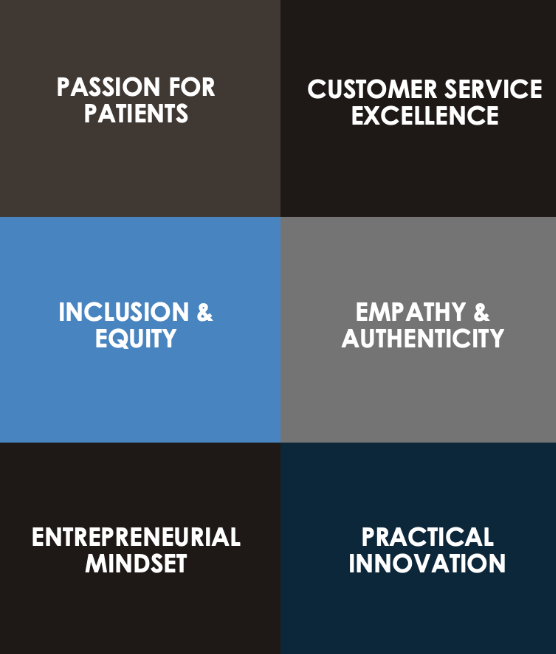
By Mara Lucas, as published in PM360, June 11, 2022
[…] Direct patient engagement can be done, has been done, and should be done for any pharmaceutical brand that takes its mission seriously. […] If you need to first get comfortable with patient engagement, there are a few cornerstone initiatives and tactics you should try first, and you can build upon those once you’ve seen the tremendous difference your initial activities have made.
One low-hanging fruit in patient engagement is market research, even in a more informal capacity. If you’re going to put materials out there, you should absolutely test messaging and creative with your audience; for example, with an advisory board. Another minimum effort patients expect these days is a way to connect with the brand and other people living with the condition. […] A robust patient ambassador program, phone-based mentor programs, and cocreated starter kits—these things are fundamental to any patient engagement plan. Trying to pull off a 2.0 without having the 1.0 in place is destined to fall short of its goals. […]
The Patient’s Point of View
In order to get started with patient engagement, the marketer’s main job is to gain alignment and understand hot buttons for the various stakeholders: Understanding why people feel a certain way goes a long way to finding a working solution. One common misunderstanding is that patient engagement programs are only about goodwill. They’re so much more, and there’s metrics to show how patient value directly generates business value. […]
Patients want to trust that your interest in them is genuine. This means keeping not only within legal and regulatory constraints but also doing the things that create patient value. The main way to do this is to approach your tactics and strategies from the patient’s perspective. Putting patients and their needs first ensures ethical integrity from the get-go. “Ask not what patients can do for you, ask what you can do for your patients,” as one might say. [Read more at PM360]















